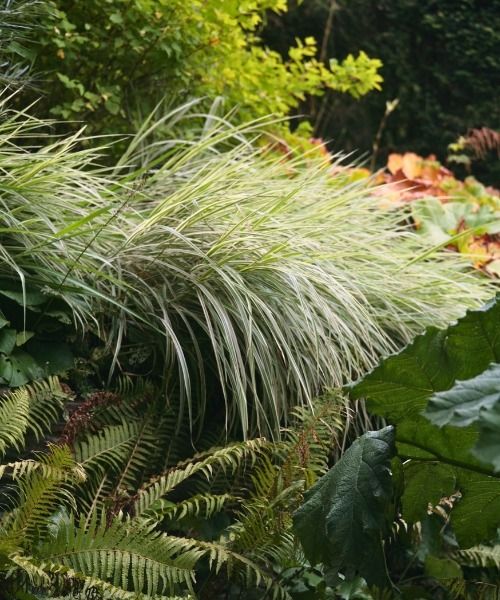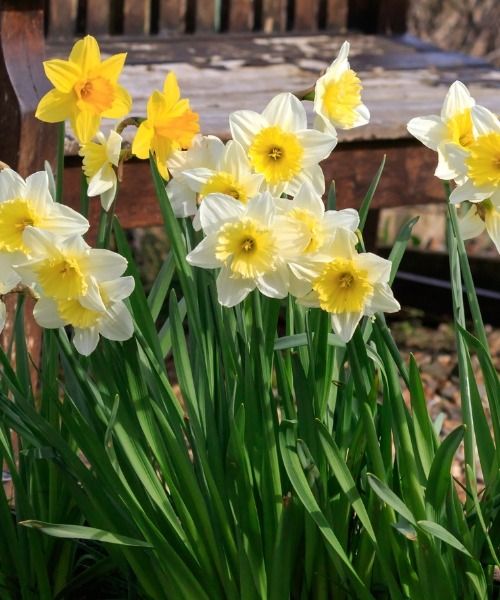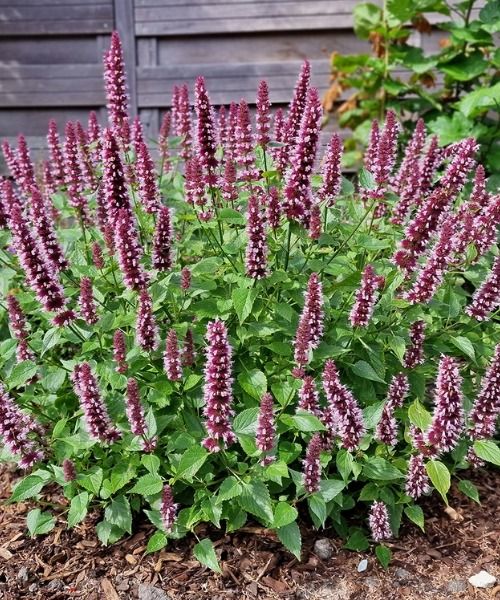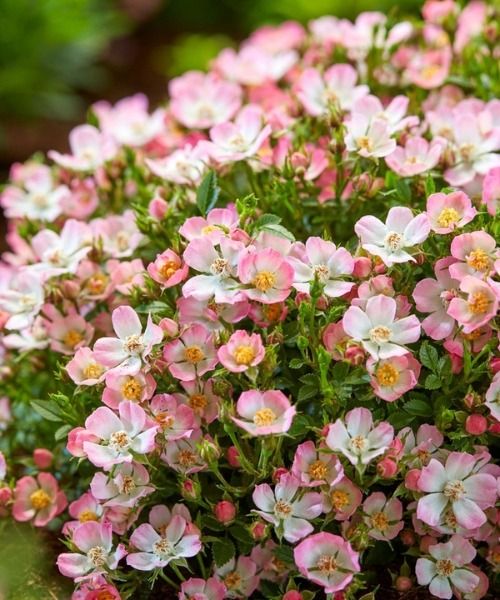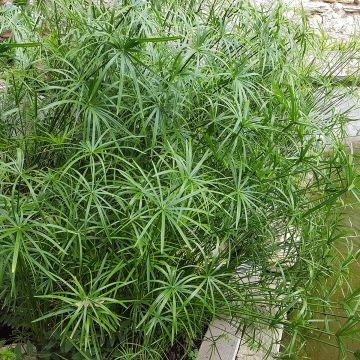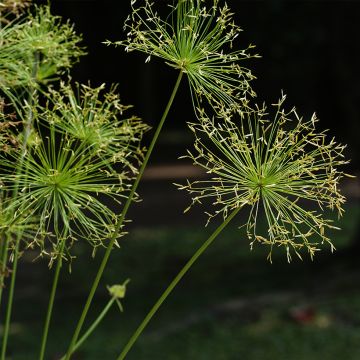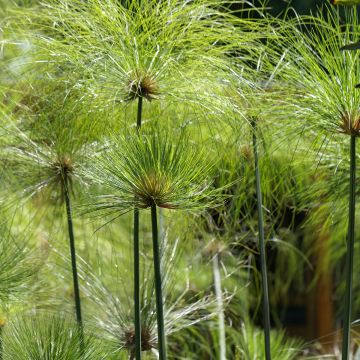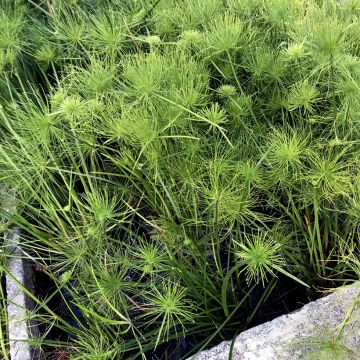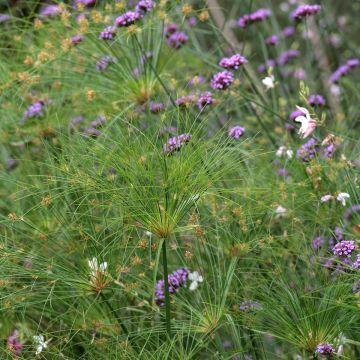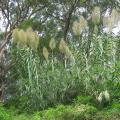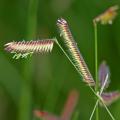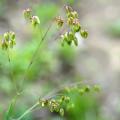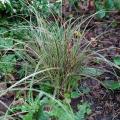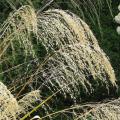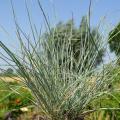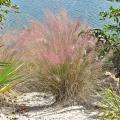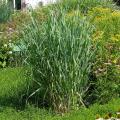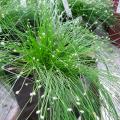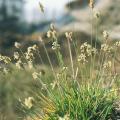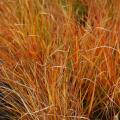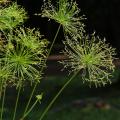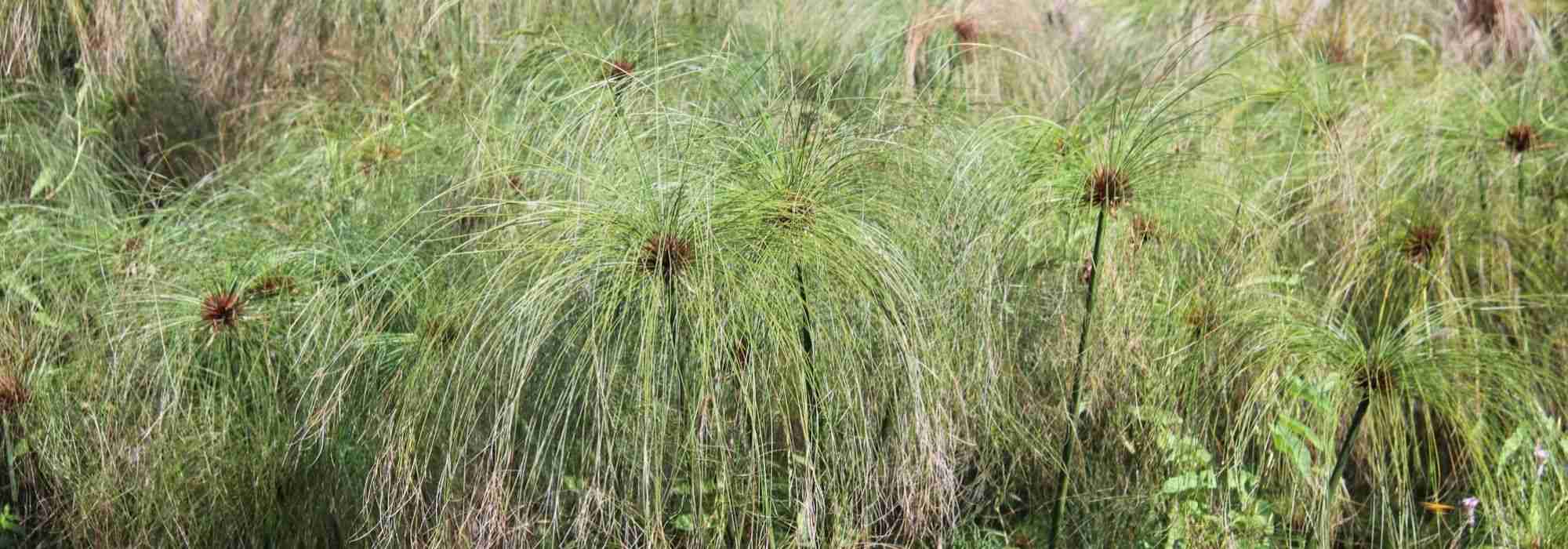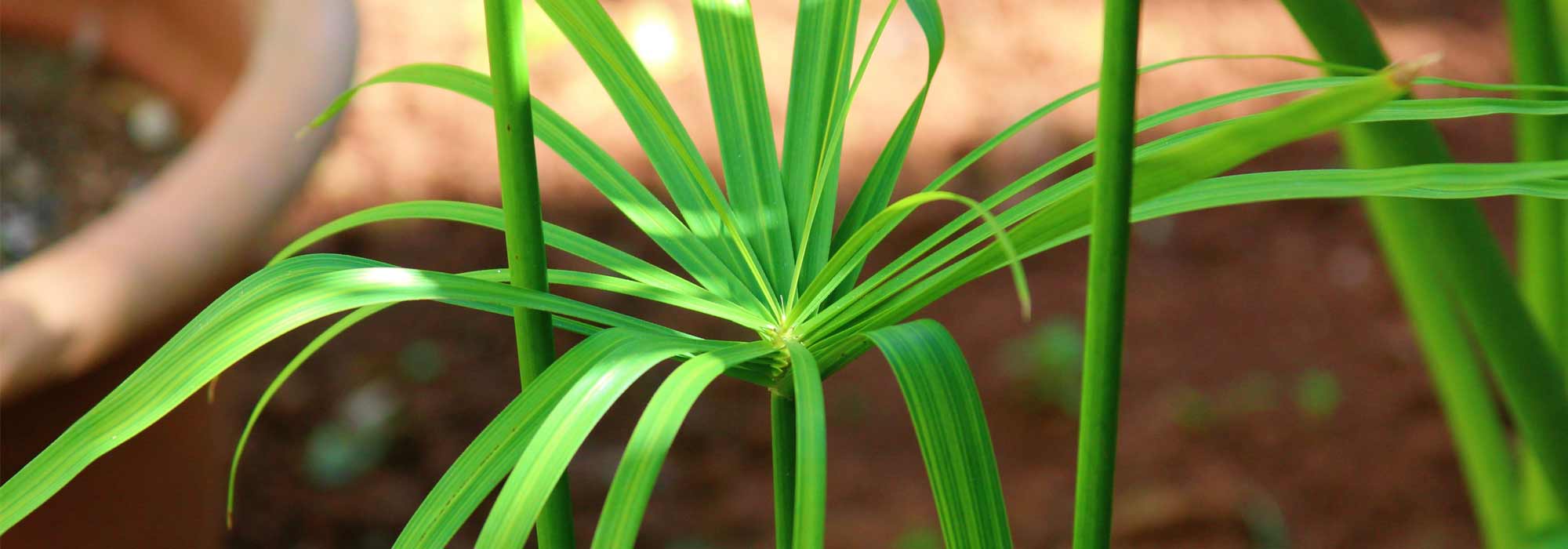Papyrus
Does this plant fit my garden? Set up your Plantfit profile →
Available in 2 sizes
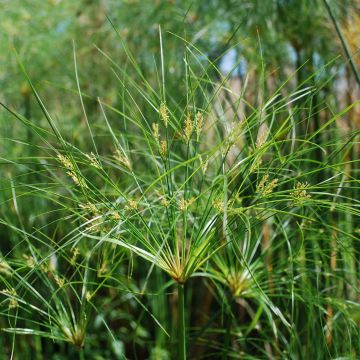
Available in 1 sizes
Available in 1 sizes
Available in 2 sizes
Available in 1 sizes
Available in 2 sizes
Papyrus, a rhizomatous perennial plant that somewhat resembles grasses and sedges, loves wet and flooded soils, such as the edges of ponds or marshes, but it fears the cold. It is also a fabulous indoor plant, well known as Cyperus alternifolius. A tender plant native to Madagascar or the banks of the Nile, like the paper sedge of the ancient Egyptians (Cyperus papyrus), it is cultivated in a container submerged in water or spends the summer season in a container submerged at a shallow depth in a pond.
From the giant plant that stands up to 2 metres (7 feet) tall to the pretty miniature of 50cm (20in), there are several selections of Papyrus suitable for large volumes as well as small spaces. With its long stems carrying false leaves arranged in an umbrella shape at their tips, Papyrus is a particularly graphic perennial, probably the most majestic of aquatic plants in mild climates. Discover our collection of Papyrus. To arrange your pond, we also offer a selection of aquatic perennials.
Haven't found what you were looking for?






























